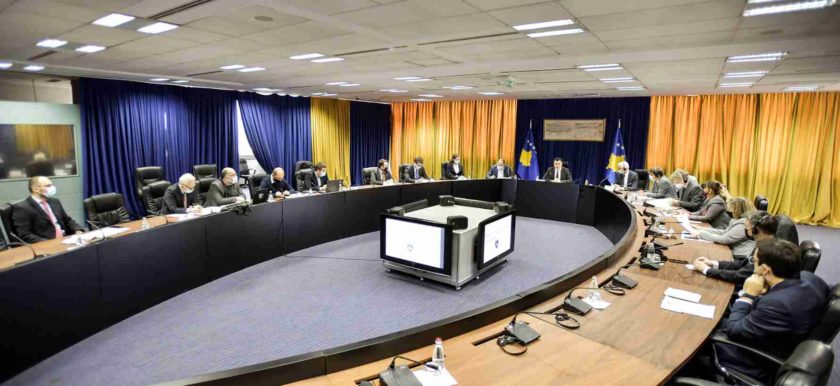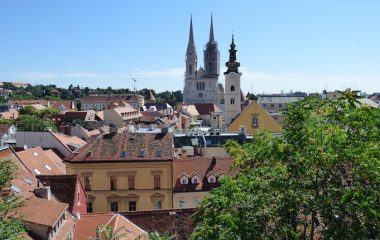
Photo: Government of Kosovo*
Prime Minister of Kosovo* Albin Kurti said two dams would be built for water supply by the end of his term and noted that his cabinet has banned the use of water resources without concession.
A 220% rise in budget revenue has been achieved in Kosovo* from water fees since the current government took over in March, according to Prime Minister Albin Kurti. At a meeting of the Inter-Ministerial Water Council, he pointed out water reserves in the country are below 500 million cubic meters and promised that two dams would be constructed by the end of his term.
He said one of the facilities would be in Dardana, known as Kosovska Kamenica in Serbian, and that the other one, Firajë, would be located in Shtërpca/Štrpce. Kurti added his government has banned the approval of water rights without concession.
Financing has been approved for two wastewater treatment plants
A revision of the water law and the bylaws covering water rights are scheduled for next year, the prime minister pointed out. He also said the cabinet has approved financing for the construction of wastewater treatment plants in Gjilan (Gnjilan) and Mitrovica.
The two projects are still under development. The wastewater treatment plants, worth a combined EUR 55.6 million, should be mostly financed with loans from the European Bank for Reconstruction and Development and European Investment Bank, according to data from the European Union’s Western Balkans Investment Framework (WBIF), which is participating with an EUR 8.4 million grant.
The Firajë dam project will benefit from a grant from the Western Balkans Investment Framework
As for the Firajë dam, it is part of the Iber-Lepenc Hydro System Project, aimed at improving the security of water supply for over 400,000 people in nine municipalities. The entire endeavor is valued at EUR 403 million, of which most should be covered by grants, WBIF’s documentation shows, while the EBRD and EIB are seen covering almost 20% with loans.
The Iber-Lepenc project envisages installing 26.8 MW in renewable power generation capacity. Its second phase involves the construction of a dam in Shtime or Štimlje.


















Be the first one to comment on this article.